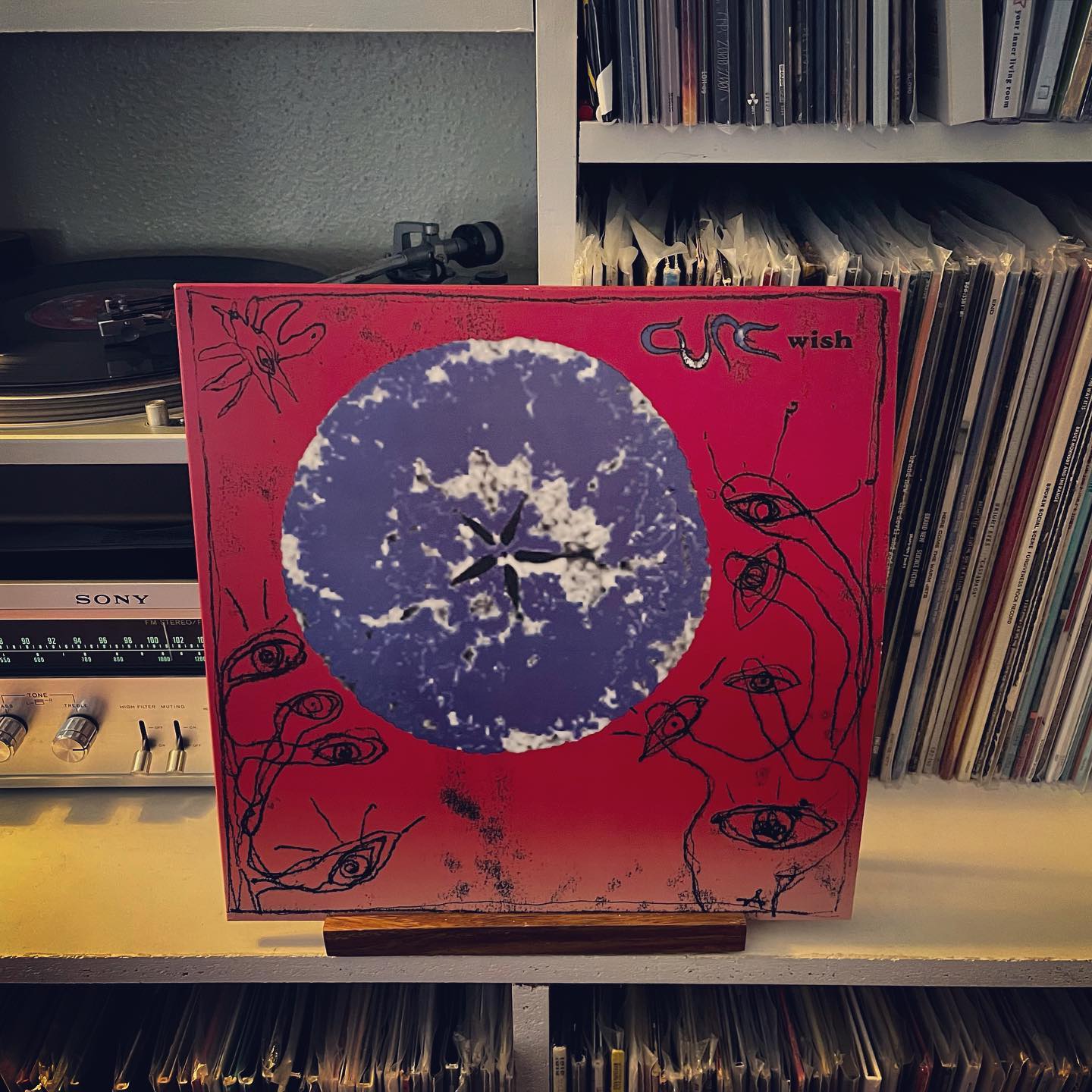
“I never quite said what I wanted to say to you,” mumbles Robert Smith in the closing moments of Disintegration, and those words might as well be about my original post about this record.
Because I’ve been listening to a lot of the Cure lately. Actually, that’s probably an understatement. In the last two weeks, I’ve listened to almost nothing else. I’ve listened to each record in their discography at least once, purchased many, and revisited the ones already in my collection multiple times.
Part of this is because my wife is on vacation with our baby and there’s no better soundtrack for an empty house, but the much larger part is that there’s maybe no other band that has had such a far-reaching influence or massive impact without ever compromising or contradicting themselves.
And while I’ve reviewed the several new Cure records in my collection over the last week, I need to come back to their perennial classic, Disintegration. I wrote a post on this record when I got it six years ago, but I’m compelled to make another, because friends, I have a lot to say about this record.


 When I first heard
When I first heard  As I’ve made my way to reviewing music more or less full time, I’ve noticed that my own tastes have started trending into stranger and darker directions. A few of the records I’ve fallen in love with recently exist in eldritch soundscapes that might sound abominable to the average listener (see also: Cremation Lily, HERIOT).
As I’ve made my way to reviewing music more or less full time, I’ve noticed that my own tastes have started trending into stranger and darker directions. A few of the records I’ve fallen in love with recently exist in eldritch soundscapes that might sound abominable to the average listener (see also: Cremation Lily, HERIOT).



